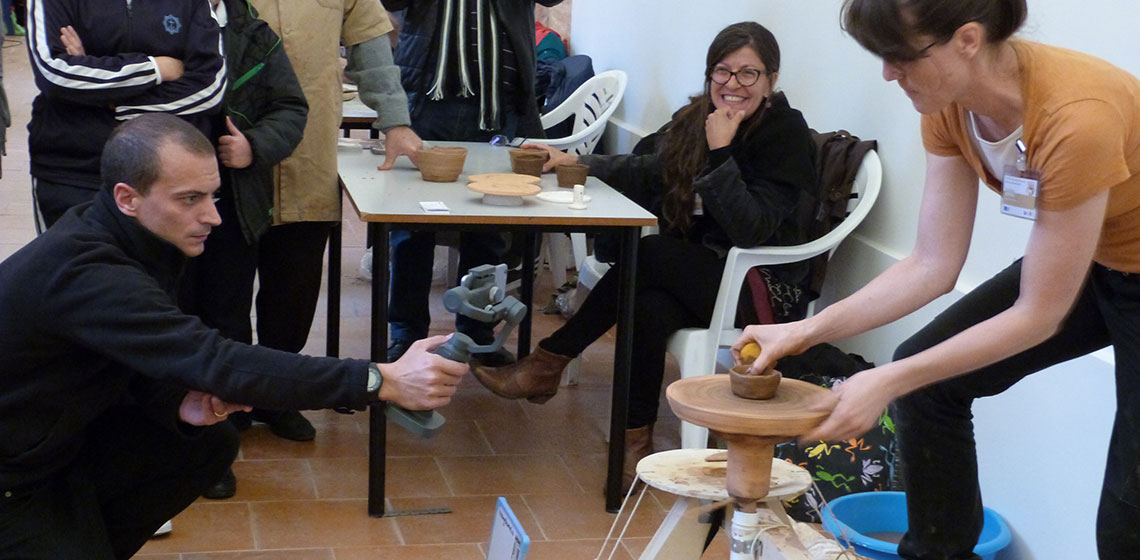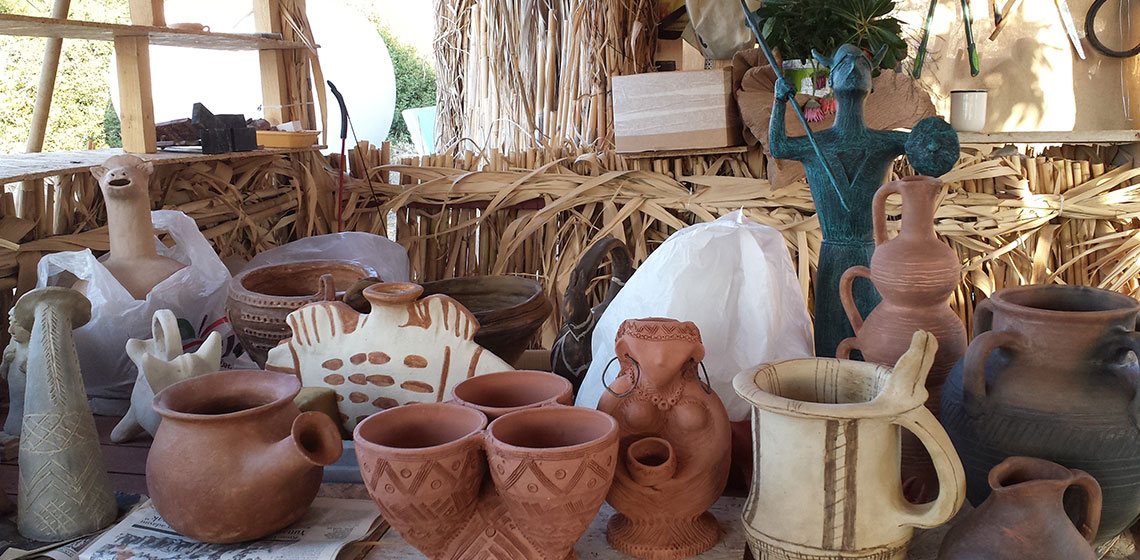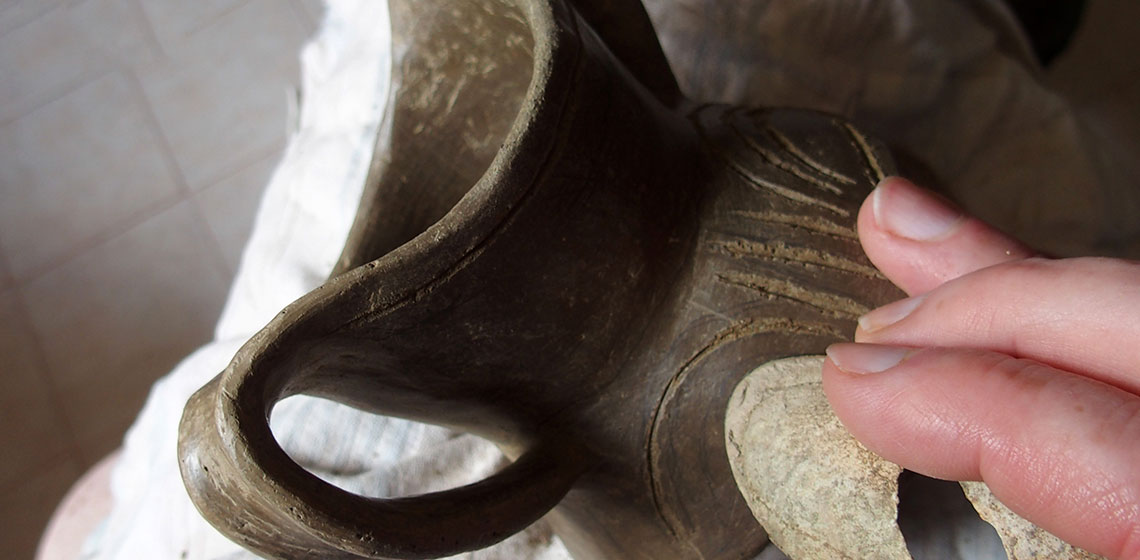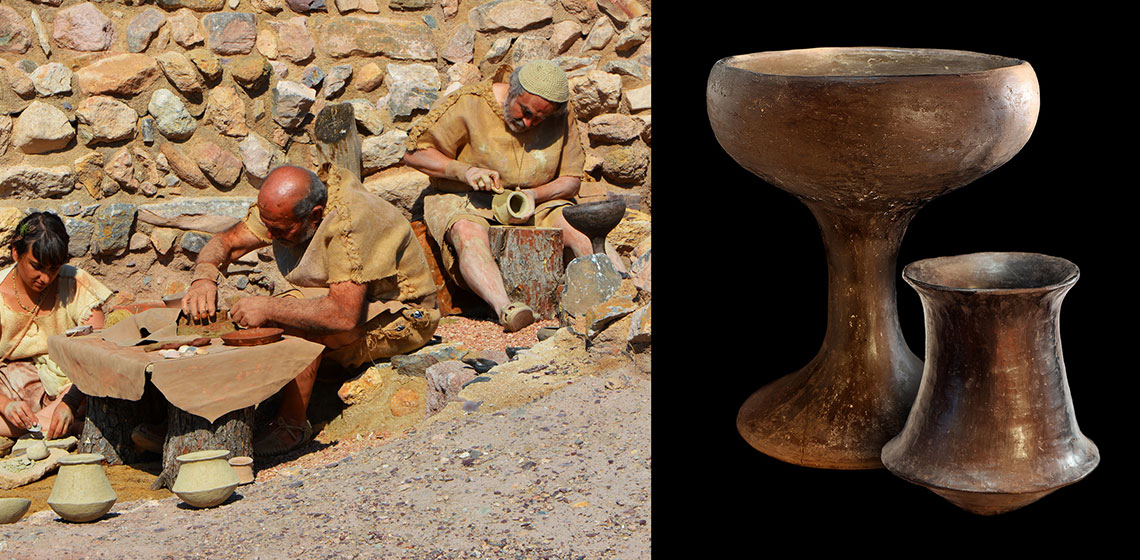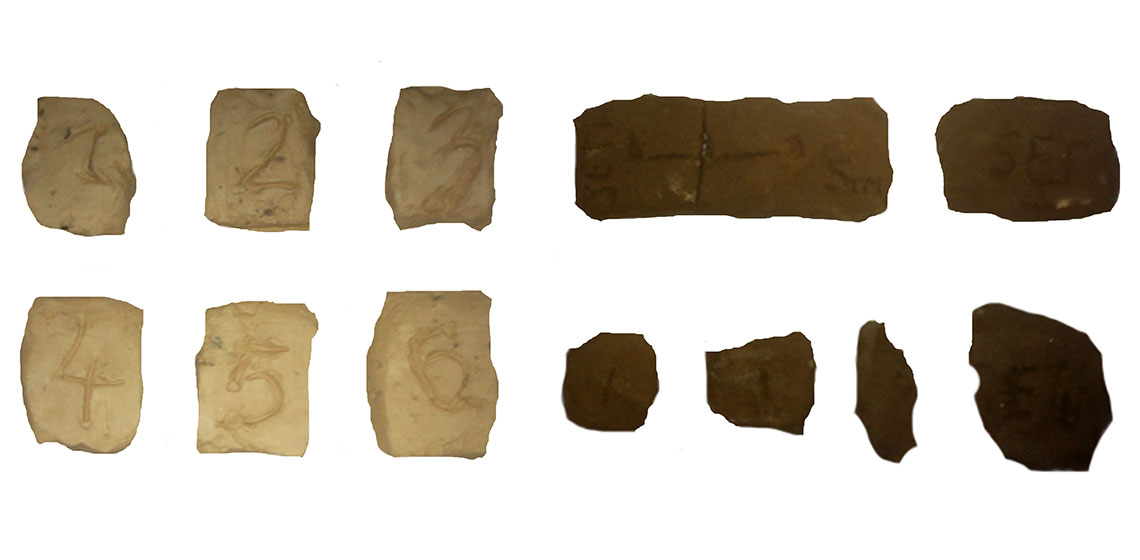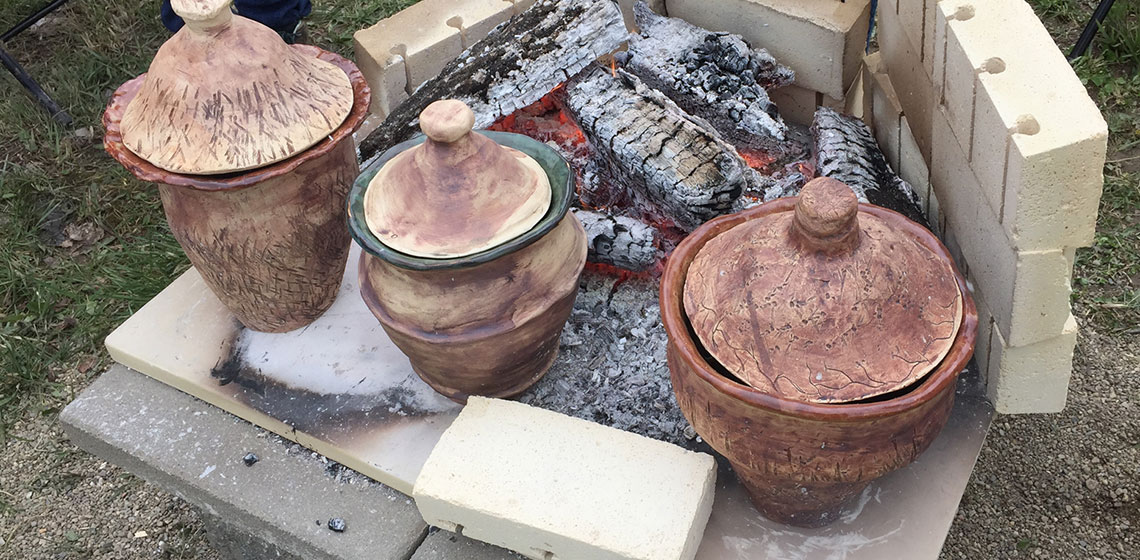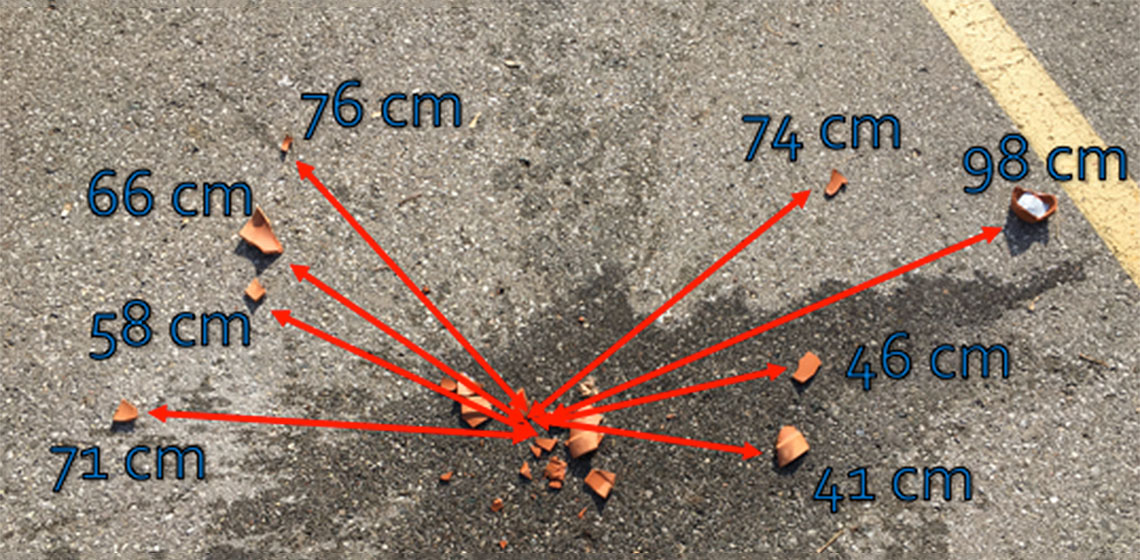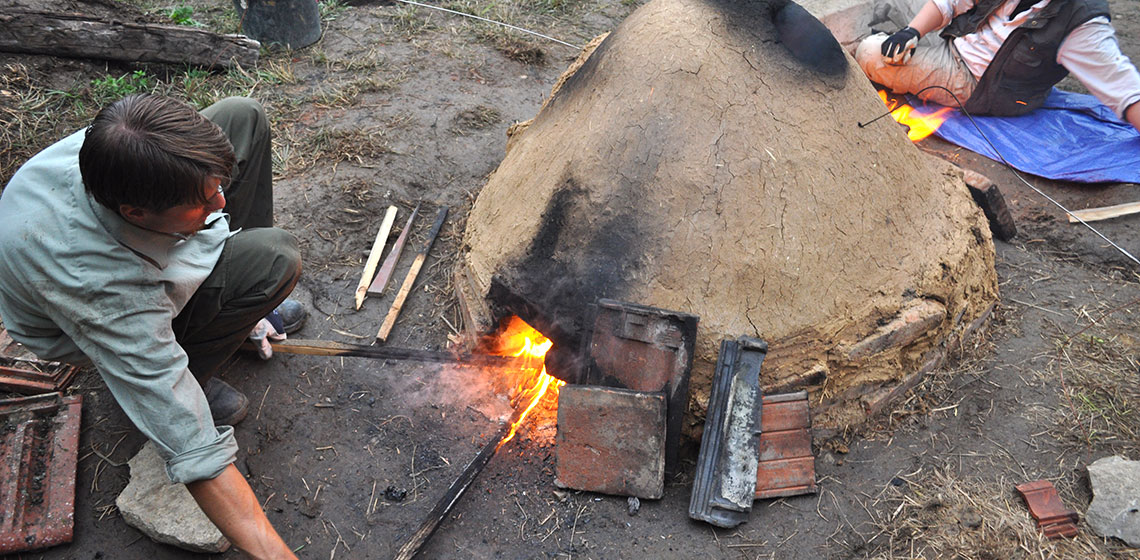CRAFTER: Potting Techniques of the Bronze Age
Throughout its history, experimental archaeology has fulfilled a valuable role in archaeological research, allowing craftspeople and scholars alike to deepen an understanding of people and their societies in the past. EXARC’s recent involvement in the CRAFTER project, and the author’s participation in its International Meeting in Mula (Spain), has demonstrated that significant knowledge gaps remain in...
